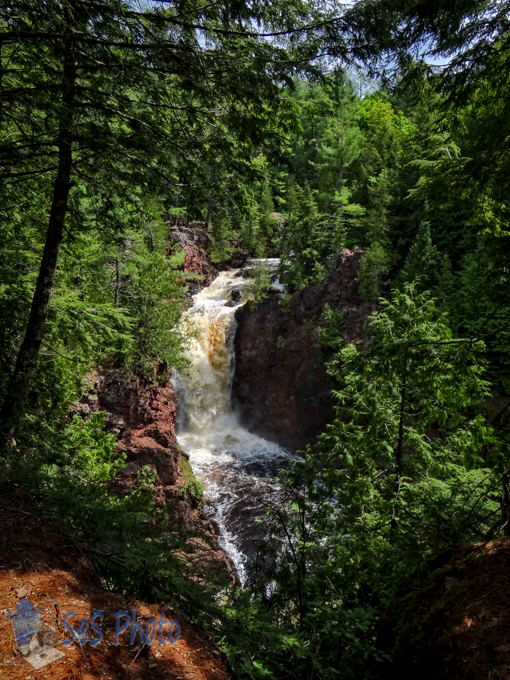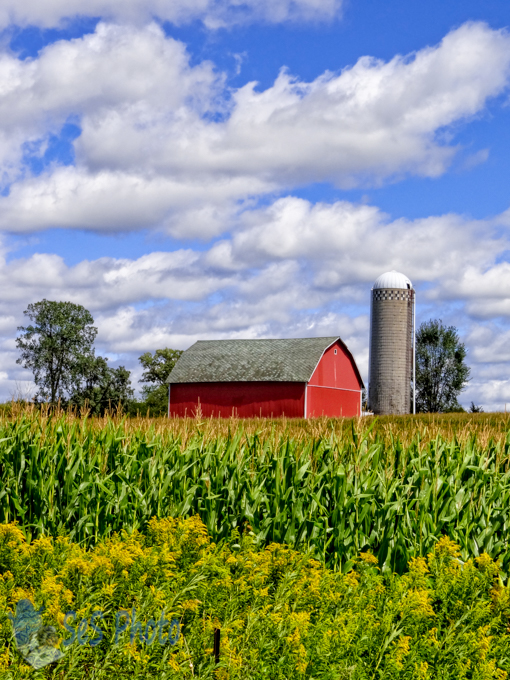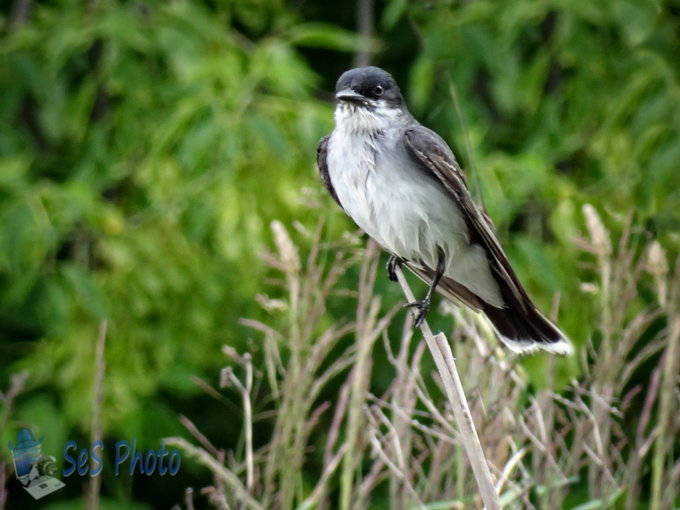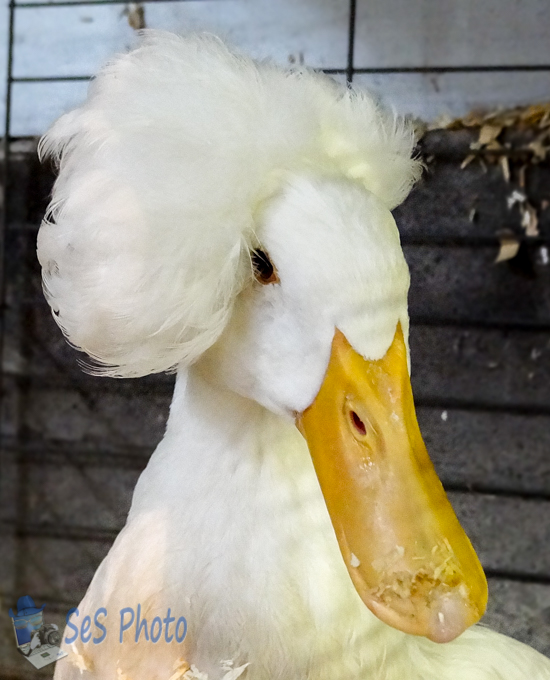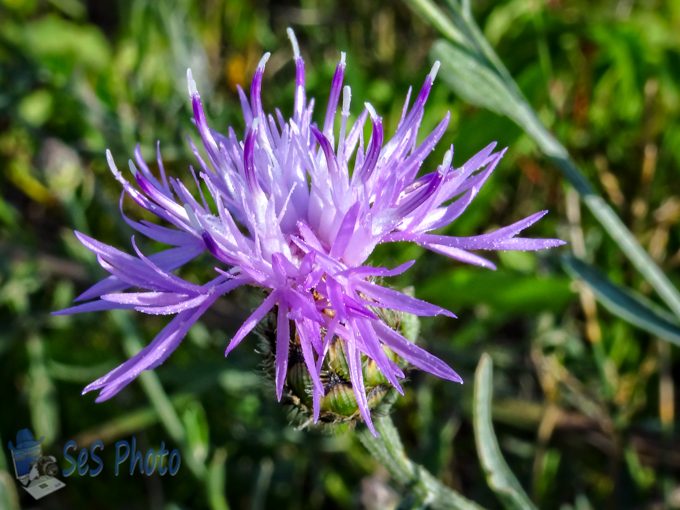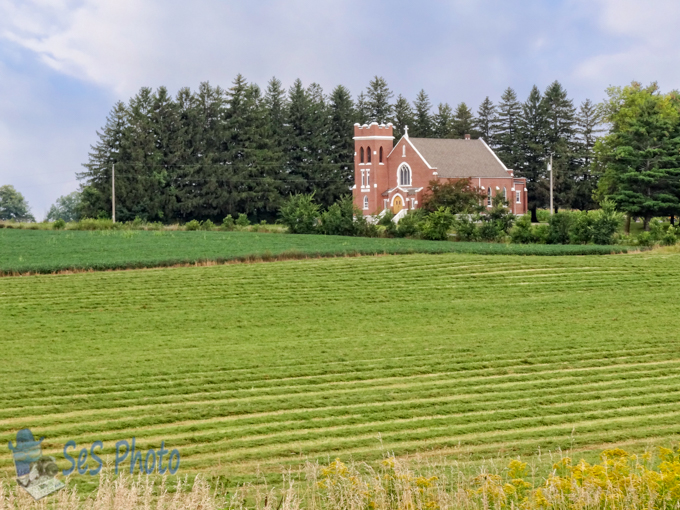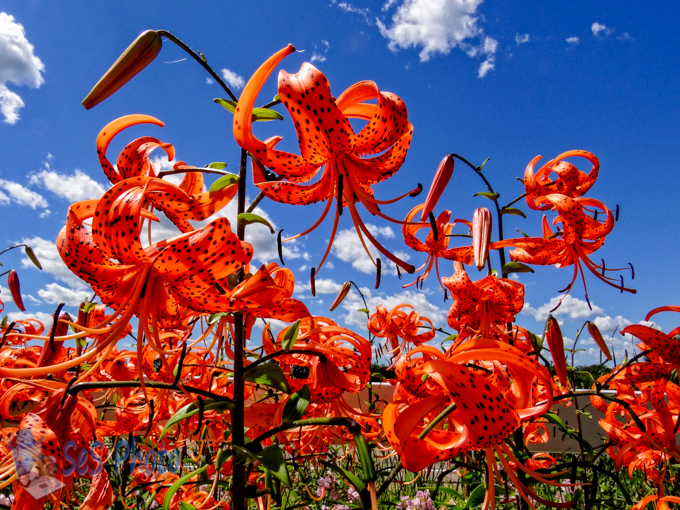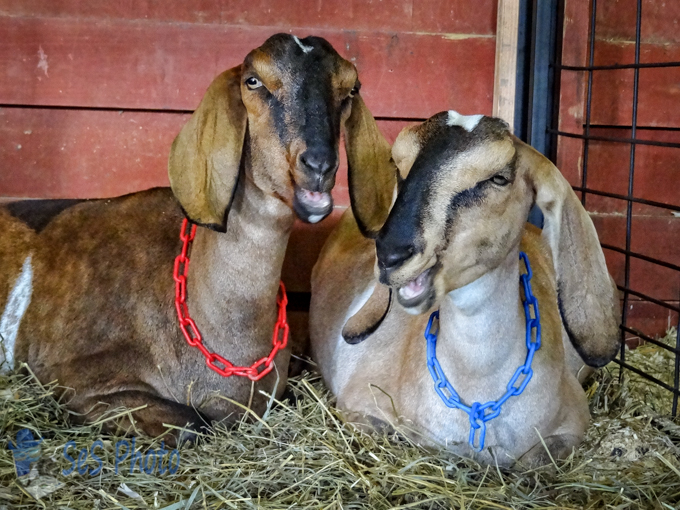On a ridge in southwestern Wisconsin, sit a 45 by 65 foot church built out of 150,000 bricks which was dedicated on January 20, 1901, to become the third church for the German Lutherans in the Ridgeville area which was organized in 1862. Above the entrance are the words “EV LUTH ST JOHANNES KIRCHE”, as a 110 foot tower bell climbed above and could be heard throughout the countryside, until the steeple was damaged in a storm and replaced with a cap in 1948, only a few years after when the last German service was discontinued in the early 1940s to all English services. It would have nice to see St. John’s with the tall steeple but it is still an impressive brick church.
St. John’s Evangelical Lutheran Church



